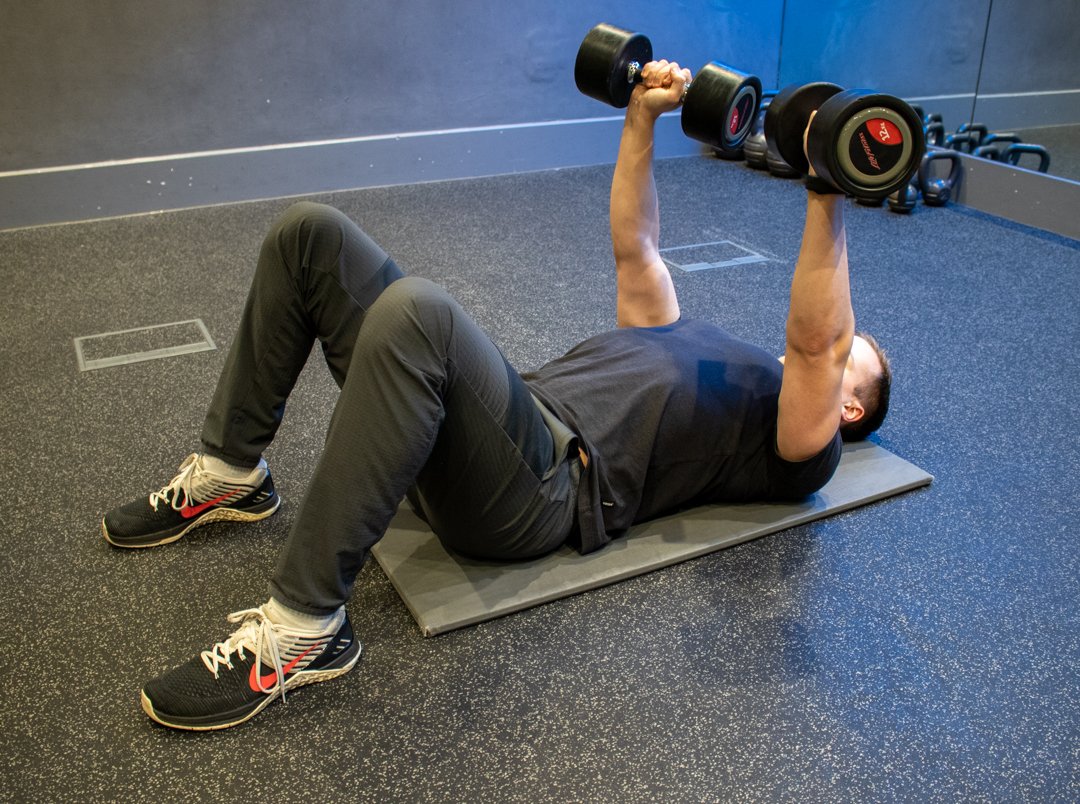A Movement Pattern Approach to Full-Body Training
Building a full-body workout around movement patterns is the most effective way of seeing great progress in the gym. The majority of my clients follow exercise plans anchored to movement patterns, it’s an excellent approach if time is limited and strength, function and longevity is the goal!
The movement patterns I typically structure sessions around:
Push:
Pushing exercises primarily use the chest muscles, anterior shoulder muscles and the triceps. All push exercises can be placed into 2 categories: Vertical push and Horizontal push.
Vertical Push: Exercises that involve pressing overhead such as a shoulder press.
Horizontal Push: Exercises that involve pressing away from the midline directly in front of you, such as a press-up or chest press.
Pull:
Pulling exercises primarily use the back muscles, posterior shoulder muscles and the biceps. All pull exercises can be placed into 2 categories: Vertical pull and Horizontal pull.
Vertical Pull: Exercises that involve pulling down from overhead such as a pull up or lat pulldown.
Horizontal Pull: Exercises that involve pulling from out in front of you back to the body such as a bent over dumbbell row.
Lower-body press:
Lower-body pressing exercises primarily use your quad, glute and calf muscles. Exercises such as a leg press machine, squat, lunge and jumps are all movements that fall into this category.
Hinge:
A hinge movement pattern is often the most challenging for beginners because technique is a little more complicated. However, it’s one of the most important of the bunch as it primarily targets muscles of the posterior chain. (muscles on the back of the body such as the back musculature, the glutes, hamstrings and core)
Building strength in hinge exercises will benefit posture, joint health and full-body power.
The most common hinge exercises are deadlift variations, favourites of mine include the Romanian deadlift (RDL) and B-stance deadlifts.
Carry:
Exercises that involve carrying weights are excellent for core strength, stability, grip, posture and overall pain-free movement. Often neglected for the less effective ‘ab’ exercises such as crunches, carries are hugely under-rated in my opinion. For a pain-free well functioning body, carry exercises are a must.
A few of my favourite exercise examples include farmers carry, suitcase carry and a front rack carry.
Designing a workout:
How does one actually design a workout using these movement patterns?
Well, there are an array of options.
A straight-forward approach I recommend for most involves pairing movement patterns together performed in a superset fashion. For example, horizontal push paired with a horizontal pull, opposing muscle groups are being worked, allowing pushing muscles to recover whilst you pull, and visa-versa.
Many of my clients will perform at least 3 types of movement pattern in a single session, sometimes all 5 will be performed. It will depend on their goal, experience and what their training week looks like.
Here’s an example template:
Here are a few of my thoughts around this template above:
I’ve placed a gap between the horizontal and vertical upper body exercises as some muscle groups will be worked in both movements (shoulders for example), therefore time to rest will be beneficial.
Similarly with lower-body, a hinge and a lower body press will likely use some of the same muscles, therefore a separation will be beneficial.
I’ve chosen to pair a floor based mobility exercise with the hinge as hinge exercises are typically very demanding. They require focus on technique and the core must be switched on throughout, often causing them to be aerobically demanding also.
I’ve paired the carry exercise with the pushing exercise because a carry will typically be very demanding on your grip, therefore pairing this with a vertical pull movement will likely conflict and cause grip to be the limiting factor. Little grip is required in pushing movements however.
I hope you’ve found this post valuable! Drop me a message if you have any questions about movement patterns. I’ll be glad to help. Drop me a message @olliethompsonhealth

